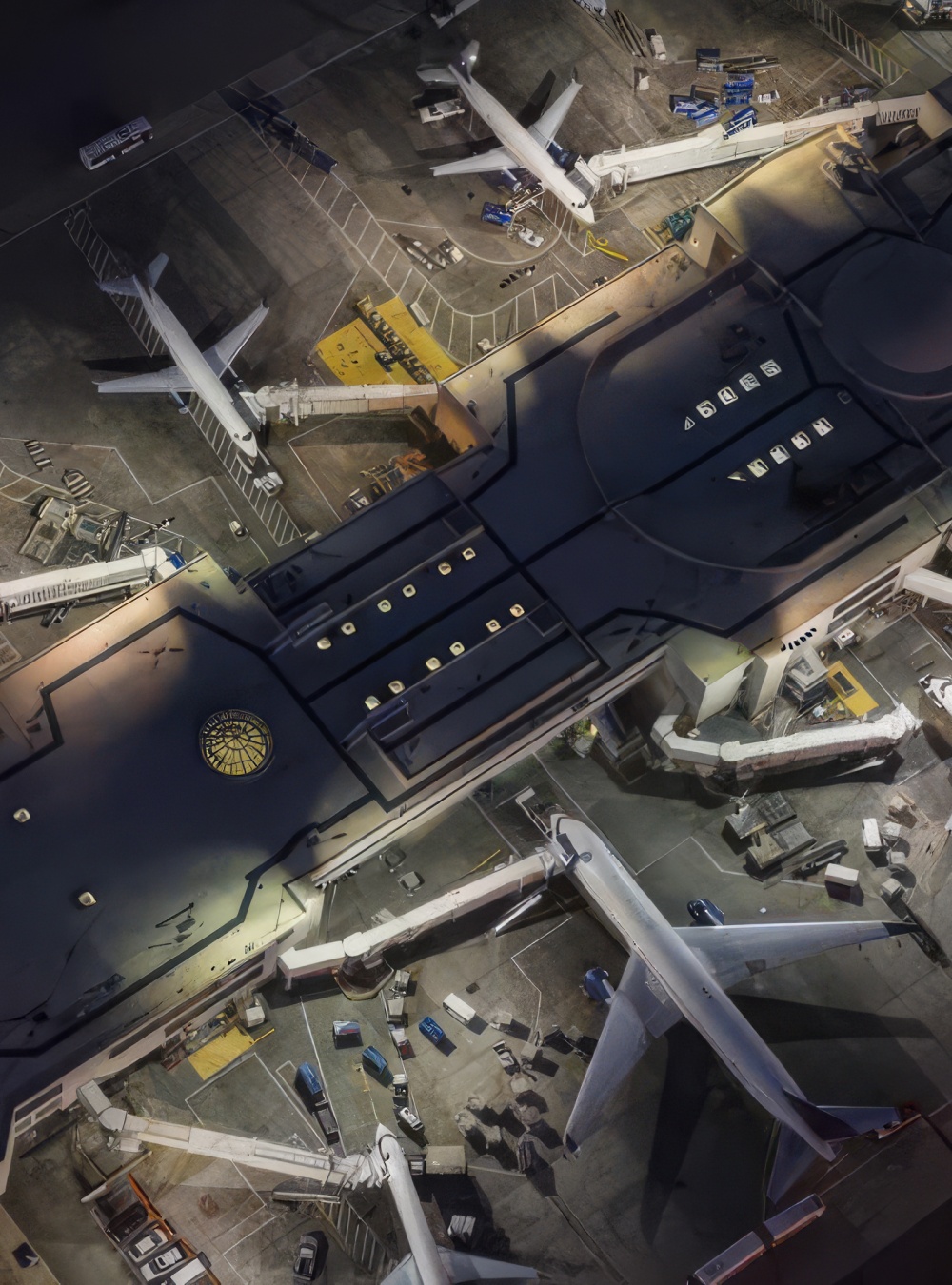Transportation disruptions today can have major regional and even national effects. A whole-of-nation approach is needed to quickly and effectively manage cascading effects on the economy, security, and defense.

Strengthening America's Transportation Resilience: Innovating to Enhance Unified Response and Recovery
The United States needs a whole-of-nation approach to bolster its transportation resilience. Recent events like the Colonial Pipeline ransomware attack and the CrowdStrike Windows outage demonstrate how impacts can quickly escalate, threatening the U.S. economy, security, and defense. A unified strategy involving federal agencies; state, local, tribal, and territorial governments; infrastructure owners; and the private sector is crucial to effectively manage these crises and protect national interests.
Join this vital conversation to help safeguard the nation from transportation disruptions and ensure resilience against future threats. Learn more about MITRE's Resilient Transportation efforts by contacting resilienttransport@mitre.org.
Our series provides analysis of the challenges and potential solutions:
- Unified Response to National Transportation Disruptions: Building Blocks to Success Identified by Federal Agencies – This first paper in the series captures unified response challenges and potential solutions, as observed by federal experts during convenings in spring 2024. (See download link above in right margin.)
- Unified Response to National Transportation Disruptions: Success and Gaps Observed in Recent Transportation Disruptions – This second paper describes unified response gaps based on an independent review of recent transportation disruptions. This validates the observations by the federal experts (the first paper).
- Strengthening America's Transportation Resilience: Innovating to Enhance Unified Response and Recovery – The third paper in this series highlights potential innovation areas to increase response effectiveness and speed, by combining the observations of federal experts (the first paper) and the review of recent transportation disruptions (the second paper).